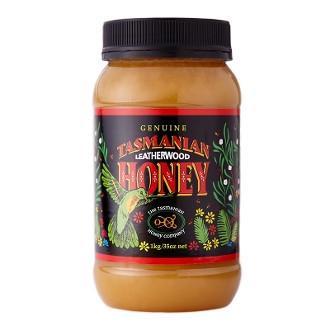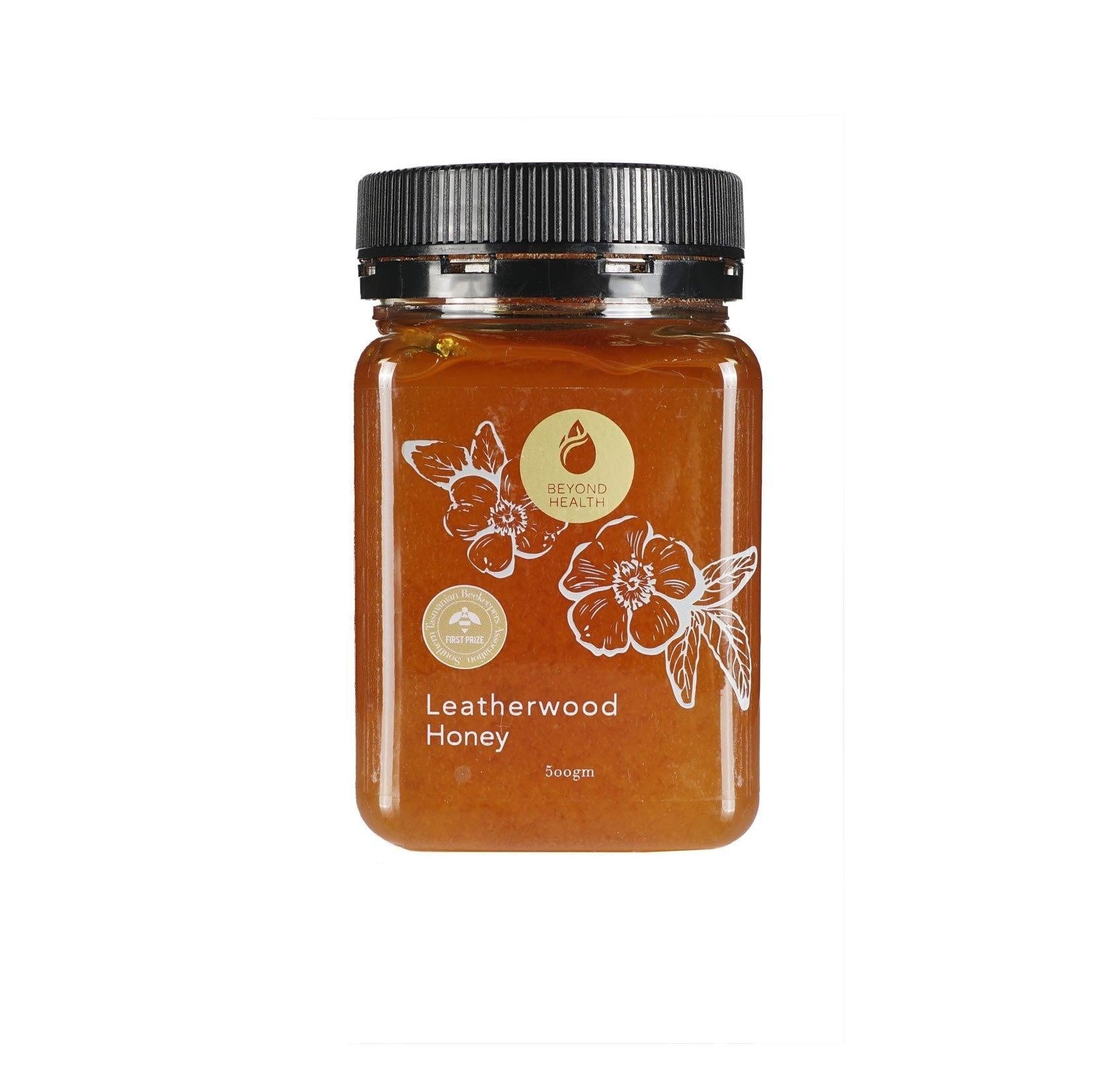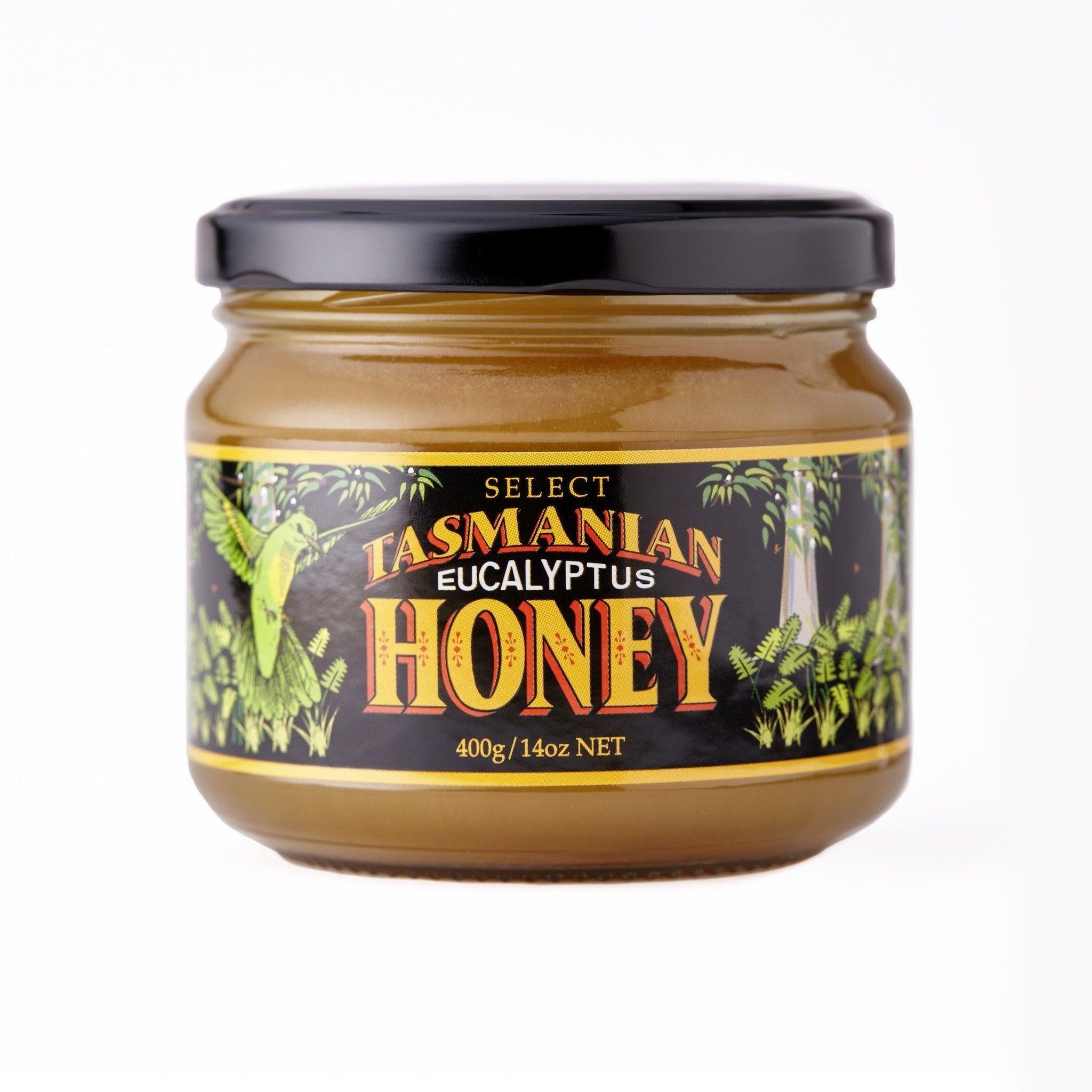Your shopping bag is empty
Why You Should Choose Raw Manuka Honey
- Posted by: Young Earth Sanctuary Resources Pte Ltd Admin
- Comments: 0
- Categories: YES Blog
- Tags:
Why You Should Choose Raw Manuka Honey
There are various types of Manuka Honey that claims they are the best. So, how and why should you choose raw Manuka Honey (instead of regular or pasteurized ones)?
In this article, we will explore the differences between Raw vs Regular honey and how this difference would affect the quality of Manuka Honey.
What is Regular or Pasteurized Honey?
The commercial Regular or Pasteurized honey are being heated to very high temperatures and filtered to a very low micron level. This slows or stops the crystallisation process and to remove any “specks” from the honey – essentially to increase its aesthetics.
But these treatments have a negative impact on the honey.
The reason for doing so is because pasteurized honey becomes more “presentable” when they look “uniform” on a supermarket shelf. Most customers unfortunately think that good honey must be “consistent looking”. If a brand of honey has two different batches that look slightly different on the shelf, consumers start to question the “authenticity” of the honey product. Sales of that brand of honey may suffer as a result.
Pasteurisation and filtration make the honey look clearer and more attractive on the shelf. This process also reduces the honey viscosity due to the honey being warmer, making it easier to handle and package.
In actual fact, no two agricultural produce can look the same. Have you ever seen two apples that look exactly the same?
Disadvantages of Pasteurized Honey
Pasteurising process destroys the natural properties of the raw honey and eliminates many of its phytonutrients. Heating honey in this manner not only kills rich nutrients in it, but also reduces the flavour and original heavenly scent of a genuine raw honey.
In many ways, pasteurised honey no longer has the elements that make it raw honey, making commercially produced honey a refined facsimile of real honey.

What is Raw Honey?
Most governments do not officially require producers to label honey as “raw”, but people generally know that raw honey is in the form as it did in the hive. This implies that it is not being filtered or pasteurized. (Honey marketed as unpasteurized may or may not be filtered.)
Raw honey comes directly from the beehives and goes through minimal processing. Honey producers take honey from the honeycomb. As such, this type of honey can also be called raw unfiltered honey.
Most honey sold as raw honey in Tasmania is minimally processed bee honey that maintains all the natural goodness of honey.
Raw honey contains flecks of pollen, royal jelly, propolis and small particles of wax suspended in a viscous honey liquid; and is not adulterated by the addition of other ingredients or substances, or the removal of components beneficial to people.
Hence, the minimal processing of raw honey ensures it still contains all the valuable natural properties of real bee honey, including the health benefits of this delicious, nutritious food created by nature.

Benefits of Raw Honey
Raw honey’s nutrition content varies by its origin and other factors.
Generally, one tablespoon or 21 grams of raw honey contains 64 calories and 17 grams of sugar. In addition, raw honey contains smaller amounts of the following micronutrients (or, vitamins and minerals):
- calcium
- magnesium
- manganese
- niacin
- pantothenic acid
- phosphorous
- potassium
- riboflavin
- zinc
Also, raw honey is a source of varying amounts of amino acids, enzymes, and other beneficial compounds.

How to Recognise Raw Honey
Compared to commercially produced honey, Tasmanian Raw Manuka Honey may have a slightly cloudy appearance due to the fine textured crystals, particles of honeycomb and flecks of pollen.
Depending on the variety of honey (the species of tree or flower the nectar was predominantly sourced from), raw honey may begin to crystallise during storage in the pantry.
Some will begin to crystallise within weeks. During this time, the raw honey may start to cloud and crystallise, gaining a more granular texture which many people prefer. However, that won’t change the flavour or nutritional value.

Points to Note While Choosing Manuka Honey
The following article discusses ways to choose Manuka Honey.







LEAVE A REPLY
Your email address will not be published. Required fields are marked *